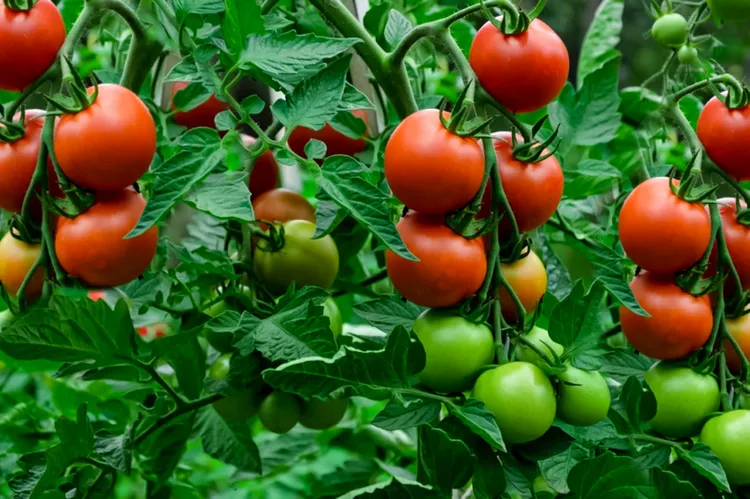
Description
The tomato plant has soft, hairy stems that can reach a height of nine feet. Its leaves can range in length from 4 to 24 inches, and it has 5–9 leaflets. The tomato plant produces tiny, yellow flowers with five pointed lobes on the corolla.
Habitat
It can take up to three months for seeds put outside to mature into fruit-producing plants. Tomatoes (Solanum lycopersicum) are often grown outdoors in warm climates with long growing seasons. What is the tomato plant distribution?
The tomato is indigenous to Mexico and southern, central, and southern North America. Native to South America’s Andes is where wild tomato plants originate. This region encompasses Ecuador, Bolivia, Chile, Peru, and Bolivia.
Uses
Cancers of the breast, bladder, cervix, colon, rectum, stomach, lung, ovaries, pancreatic, and prostate can all be prevented with tomatoes. Additionally, it is used to prevent cataracts, asthma, diabetes, and illnesses of the heart and blood vessels, or cardiovascular disease.

Plant Care
- Sunlight
Full sun, or six to eight hours of direct sunshine every day, is necessary for tomato plants to thrive. A south-facing window that is light is the best location indoors.
Daily turn the pots until the seedlings start to bloom and produce fruit. The next day, flip the pots so the other half of the plant faces out, to keep the stems from being too lanky and fragile to bear fruit. To produce tomatoes in northern regions with short winter days, you might need to add more artificial light.
- Temperature and Humidity
Tomatoes are easy to cultivate indoors because they prefer room temperature ranges of 70 to 80 degrees Fahrenheit. If this barrier is typically not reached in your home, grow lights may assist keep plants warm. Indoors, humidity is usually not a problem.
- Watering
Tomatoes are heavy water users. However, they dislike having their feet wet, so proper drainage is crucial. The soil should be kept slightly damp but not drenched. Maintaining a steady moisture content can help keep the tomatoes from splitting and from developing blossom end rot. Regularly check the containers to see whether the plants require watering. Watering is necessary if the soil feels dry about an inch down.
- Fertilizer
Tomatoes require a lot of food. Apply a slow-release organic fertilizer to your plants as directed on the label. Generally speaking, potting tomatoes require a little more care than outdoor in-ground tomatoes.
Table





